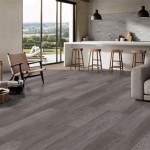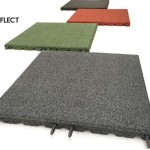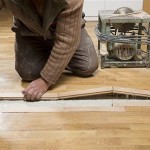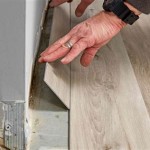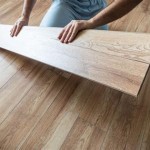Essential Aspects of Choosing an Underlayment for Laminate Flooring in Basements
Installing laminate flooring in a basement requires careful consideration of the underlayment. Here are key factors to guide your decision:
1. Moisture Resistance
Basements are prone to moisture, so moisture-resistant underlayment is crucial. Choose materials such as polyethylene or closed-cell foam that repel water and prevent moisture from damaging the flooring.
2. Insulation Value
Underlayment provides insulation, making the floor warmer and reducing heat loss. Consider materials like cork or rubber, which offer excellent thermal insulation properties.
3. Sound Absorption
Basements tend to be noisy. Sound-absorbing underlayment can minimize impact noise and create a quieter living space. Cork and felt are excellent sound-absorbers.
4. Thickness
Underlayment thickness affects the overall height of the flooring. Choose a thickness that is compatible with your laminate flooring and the existing subfloor. Common thicknesses range from 2mm to 10mm.
5. Cost
Underlayment cost varies depending on material and thickness. Determine your budget and research the cost of different options to find a suitable balance between price and features.
6. Installation Ease
Some underlayment materials are easier to install than others. Consider the ease of installation if you plan to DIY the flooring project. Self-adhesive underlayment or roll-out sheets can simplify the process.
7. Compatibility
Ensure the underlayment you choose is compatible with your laminate flooring. Some types, such as waterproof laminate, require specific underlayment materials designed to handle moisture.
Types of Underlayment for Basements
Common underlayment options for basements include:
- Polyethylene (PE): Moisture-resistant, affordable, and easy to install.
- Closed-cell foam: Moisture-resistant, provides insulation, and reduces sound.
- Cork: Excellent moisture resistance, insulation, and sound absorption.
- Rubber: Durable, sound-absorbing, and thermal insulating.
- Felt: Cost-effective, sound-absorbing, but less moisture-resistant than other materials.
Conclusion
Choosing the right underlayment is essential for the longevity and performance of laminate flooring in basements. Consider factors such as moisture resistance, insulation, sound absorption, thickness, cost, installation ease, and compatibility. By selecting an appropriate underlayment, you can create a comfortable, durable, and moisture-resistant flooring solution.

What Are The Best Flooring For Basement In Homes

Tips And Tricks For Using Laminate Flooring In The Basement

Selecting The Best Basement Flooring Next Day Floors

4 Of The Best Options For Basement Flooring In Your Home Reallyfloors America S Est Hardwood

Laminate Flooring On Concrete Basement Floors Expert Installation Guide Csg Renovation

How To Install Vinyl Or Laminate Floors In A Basement Over Concrete Slab

5 Best Flooring Options For Basements Floors2day

What Kind Of Flooring Should I Use To Finish My Basement Ozburn Hessey

What Is The Best Flooring For Basements Get Pros And Cons

Our First Diy Project Laminate Flooring In Ben S Basement Office Remodeling Bedrooms Renovations
See Also
